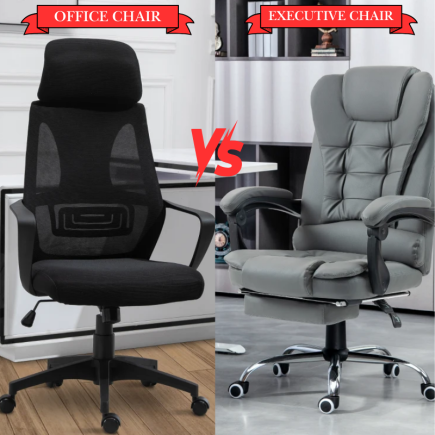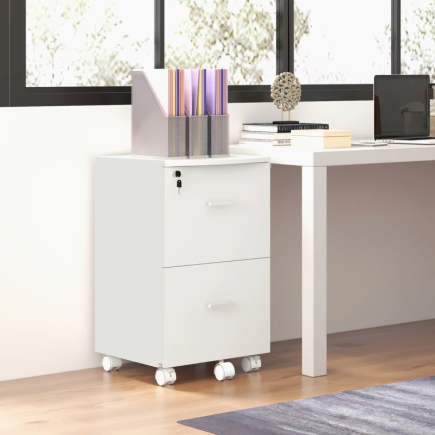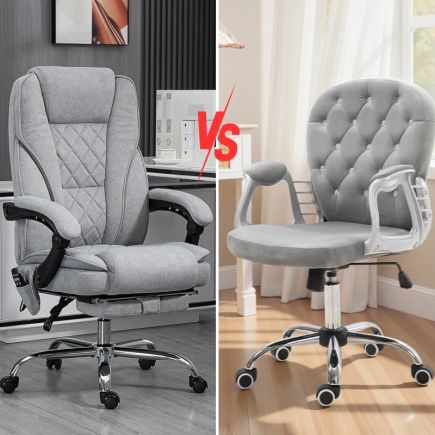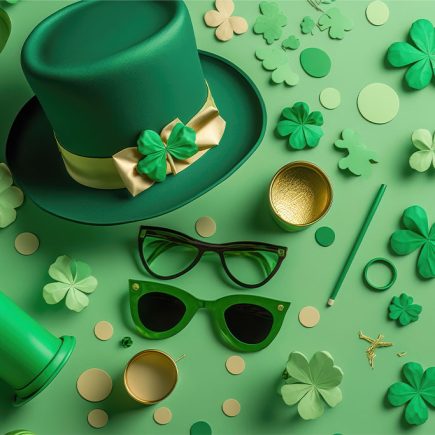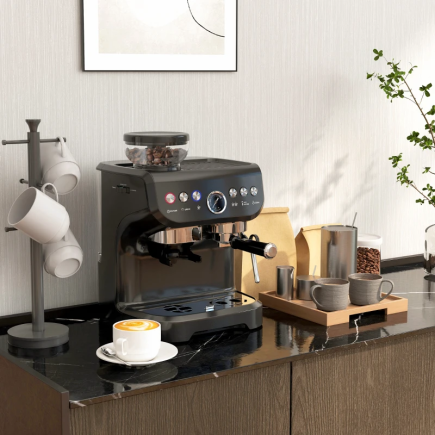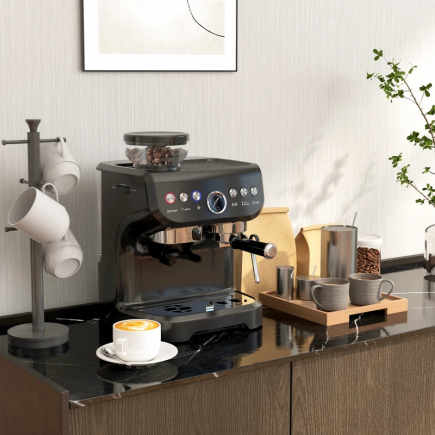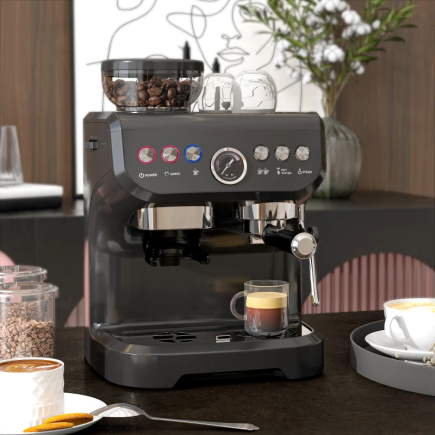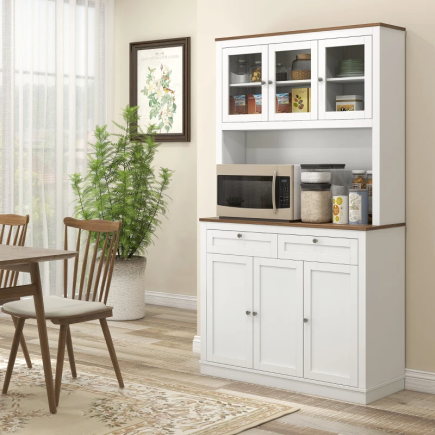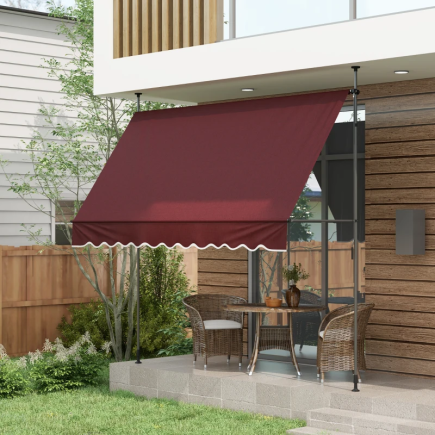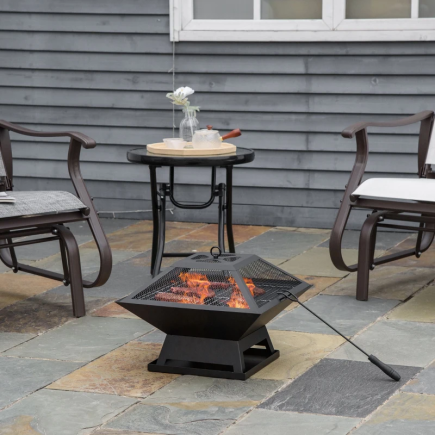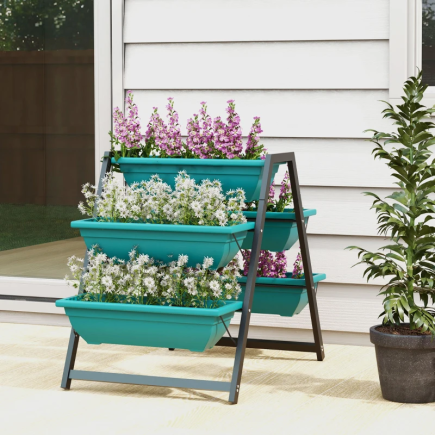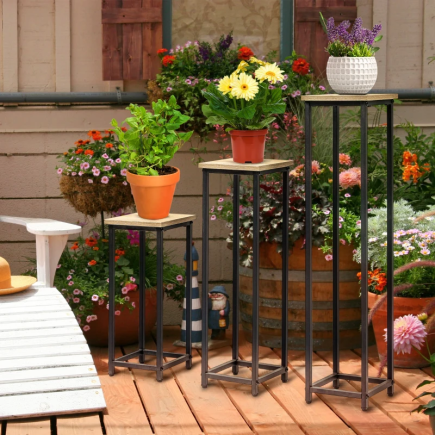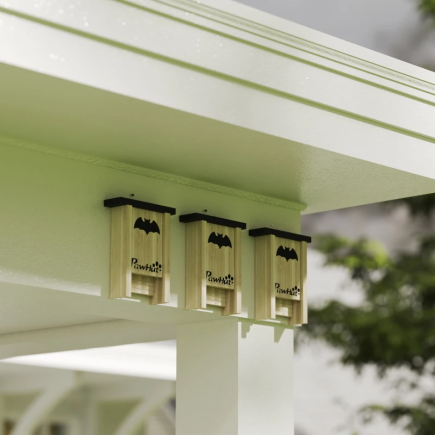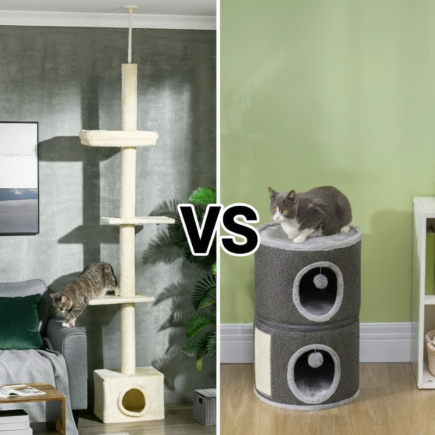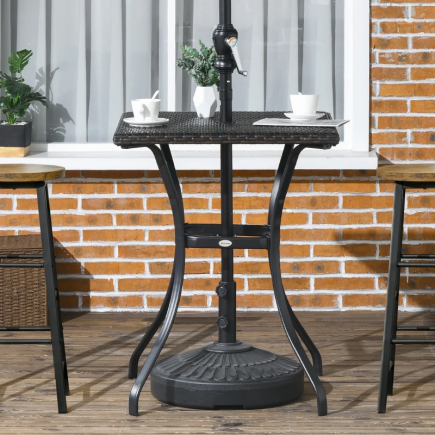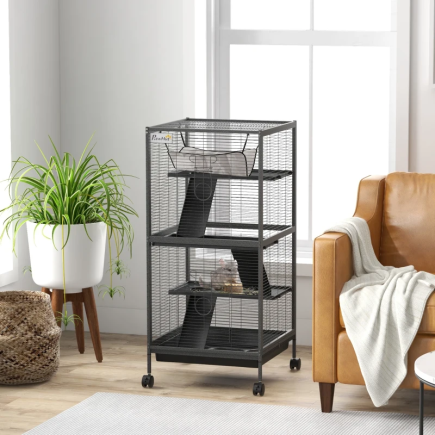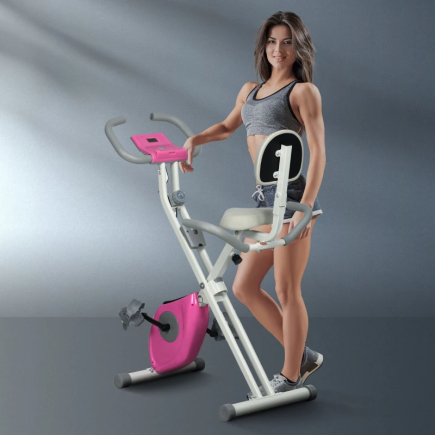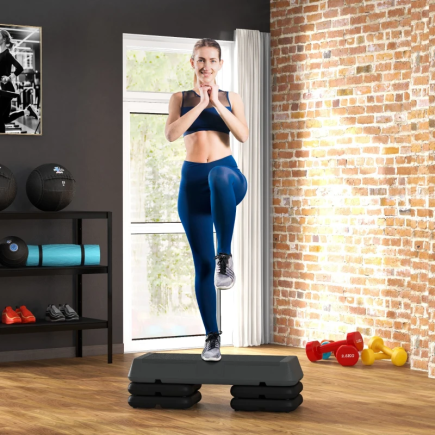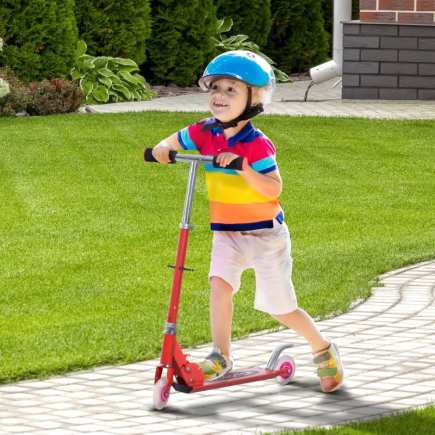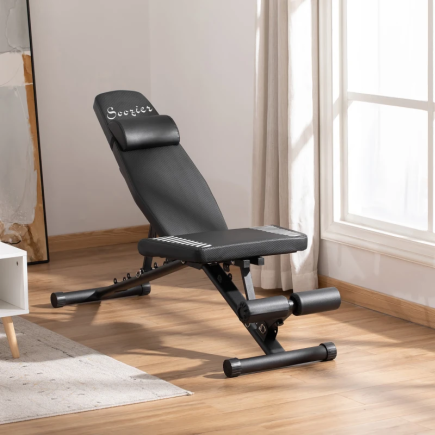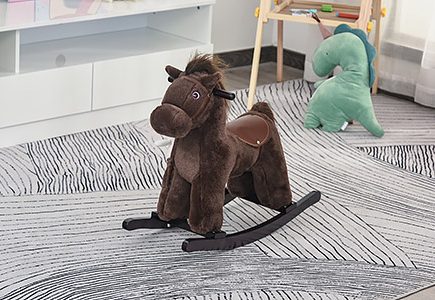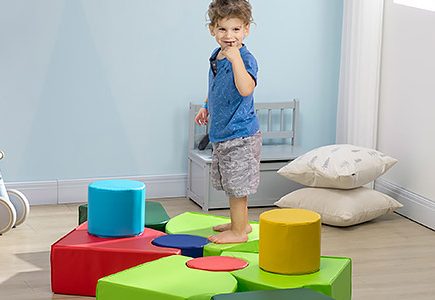Picnic tables are the cornerstone of any outdoor adventure, whether it’s a backyard BBQ, a picnic in the park, or a weekend camping trip. These pieces of outdoor furniture are meant to provide comfort and convenience, but like any other outdoor item, they require regular cleaning and maintenance to stay in great condition. Proper care can extend the life of your furniture, prevent damage, and keep it looking fresh and inviting for years to come.

What You’ll Need: Cleaning Supplies Checklist
Before you start cleaning your picnic tables, make sure you have the right tools and cleaning supplies. Here’s a checklist of what you’ll need:
| Tool/Cleaner | Purpose |
| Soft Cloths or Microfiber Towels | Gentle on surfaces, prevents scratches |
| Scrub Brushes | Cleans tough grime and debris |
| Mild Dish Soap | General-purpose cleaner |
| Baking Soda | Gentle abrasive for tackling stains and grime |
| Vinegar | Natural cleaner, helps with stains, odors, and mold |
| Mold and Mildew Remover | Tackles mold and mildew growth |
| Rust Remover | Removes rust from metal surfaces |
| Protective Coatings (Wood Sealant, Rust Protection Spray) | Protects and preserves wooden and metal furniture |

Preparing the Furniture for Cleaning
Before diving into the cleaning process, it’s essential to prepare your furniture properly. This ensures that the cleaning process goes smoothly and effectively.
Step 1: Choose the Right Spot to Clean
Find a clean, well-ventilated space to clean your furniture. Ideally, you want to do this outside or in a spacious garage where water won’t cause any damage. If you’re cleaning inside, make sure the space is dry to avoid the growth of mold or mildew.
Step 2: Clear the Table
Start by removing any cushions, pillows, or removable fabric parts. If your furniture has small items like pillows or trays, clear them off first. Shake off any loose dirt from the cushions and set them aside for later cleaning if necessary.

Step 3: Rinse to Remove Surface Dust and Debris
Using a hose or a bucket of water, rinse the surface of the furniture to remove any surface dirt, dust, or loose debris. This makes the cleaning process easier and helps avoid rubbing dirt into the material.

Step-by-Step: Deep Cleaning Process
Now that your furniture is prepped and ready, let’s get into the deep cleaning process. This involves a series of steps designed to ensure that your picnic tables are thoroughly cleaned without damaging the material.
Step 4: Apply Mild Soap Solution
Create a cleaning solution using mild dish soap and warm water. Mix about a tablespoon of soap per gallon of water. This solution is safe for most surfaces and effective at removing dirt.

Natural and Eco-Friendly Alternatives
If you prefer to use eco-friendly cleaning products, there are plenty of natural alternatives that work just as well as commercial cleaners:
- Lemon Juice: A natural antibacterial agent that can help with stains and odors.
- Essential Oils: Oils like tea tree, lavender, and eucalyptus are natural disinfectants and provide a fresh scent.
- Olive Oil: Ideal for wood furniture, it helps nourish and protect the surface.
Choosing natural alternatives can be a safer and more environmentally friendly option, especially if you’re concerned about harsh chemicals.
How to Mix a Safe Cleaning Solution
In a bucket or large container, mix the dish soap and warm water thoroughly until the soap is dissolved. For more stubborn stains, you can increase the concentration of soap in the solution.
How to Apply Soap Without Damaging the Material
For most materials, it’s best to use a soft cloth or sponge to apply the soapy solution. Avoid using harsh scrubbers that might scratch the surface. For metal furniture, you can use a brush, but make sure it’s not too abrasive.
Step 5: Scrub Thoroughly
Once the soap solution is applied, scrub the surfaces gently. Use soft-bristled brushes or sponges for delicate materials like wood or fabric, and tougher brushes for more durable surfaces like metal or plastic.
Which Brush/Cloth to Use for Different Surfaces
- Wood: A soft-bristled brush or microfiber cloth is best to avoid scratching.
- Plastic: A soft sponge works well for this surface.
- Metal: A stiffer brush can help remove grime, but be careful not to scratch the finish.
- Fabric: Use a gentle scrubbing motion with a cloth to avoid damaging the fabric.
Tips for Cleaning Between Slats and Hidden Corners
For picnic tables with slats or any hidden corners, use a toothbrush or small brush to clean the gaps. These areas tend to accumulate more dirt, and a small brush is perfect for getting into those hard-to-reach places.
Step 6: Rinse Thoroughly
Once you’ve scrubbed all surfaces, it’s time to rinse off the soap solution. Make sure to use a hose or a bucket of clean water to thoroughly rinse away all soap residue.
Avoid Water Spots and Soap Residue
It’s crucial to rinse thoroughly to avoid leaving soap residue, which can cause streaks or spots. Use a clean cloth to wipe down any remaining water to help prevent water spots.
Should You Use a Hose or a Bucket?
A hose is ideal for rinsing, as it’s quicker and allows for a more thorough clean. However, if you don’t have a hose, a bucket of water and a sponge will work just fine.
Step 7: Dry the Furniture Properly
After rinsing, let your furniture air dry completely. This prevents mold and mildew from developing and ensures that your furniture is dry before use.
Air Drying Tips
Set your furniture in a well-ventilated area to allow it to dry quickly. Avoid placing it in direct sunlight for long periods, as this can cause fading or cracking, especially in wood or fabric.
Using Towels to Speed Up the Process
If you’re in a hurry, you can use towels to blot excess water from the surfaces. This will speed up the drying process.

How to Remove Tough Stains, Mold, and Mildew
Sometimes, regular cleaning won’t be enough to tackle stubborn stains, mold, or mildew. Here are some solutions for these tougher cleaning challenges.
DIY Solutions: Vinegar, Baking Soda, and Lemon
- Vinegar: Mix equal parts vinegar and water in a spray bottle and apply it to the affected area. Let it sit for 10-15 minutes before scrubbing.
- Baking Soda: Sprinkle baking soda on tough stains, then scrub with a damp cloth or brush.
- Lemon: Lemon juice is excellent for removing stains and also helps eliminate odors.
When to Use Commercial Outdoor Cleaners
For really tough stains or mold problems, you might want to use a commercial cleaner designed for outdoor furniture. Look for cleaners that are safe for the specific material of your furniture, whether it’s wood, metal, or fabric.
Quick Maintenance Tips After Cleaning
Once your furniture is clean, it’s important to maintain it to keep it looking great.
Re-tighten Loose Screws and Bolts
Over time, screws and bolts can loosen. Check and tighten them to prevent wobbles or damage to the structure of the furniture.
Reapply Wood Sealant or Rust Protection Spray if Needed
Wood furniture should be sealed annually to prevent weather damage, while metal furniture benefits from rust protection sprays to keep it free of corrosion.
Simple Routine to Keep Furniture Looking New
Perform regular wipe-downs and spot clean after each use to avoid buildup of dirt or stains. Regular maintenance keeps your furniture looking fresh without the need for deep cleanings every time.
Cleaning and maintaining your Picnic Tables & Camping Chairs doesn’t have to be a hassle. With the right tools and a little bit of effort, you can keep your outdoor furniture looking fresh and inviting for years to come. By following the simple steps outlined in this guide, you’ll ensure that your furniture stays clean, functional, and ready for your next outdoor adventure.
FAQs
1. How to safely scrub mold and prevent it from returning?
Wear gloves and a mask to protect yourself, scrub the mold with a brush and soapy water or vinegar, then apply a mold-resistant spray to help stop future growth.
2. What is a natural cleaner for outdoor furniture?
A mixture of warm water, mild dish soap, and white vinegar makes an effective natural cleaner for outdoor furniture, helping remove dirt, mildew, and stains without harsh chemicals.
3. Can I use a pressure washer on a wooden picnic table?
Yes, but use a low-pressure setting to avoid damaging the wood or stripping the sealant. Let it dry fully and reseal if needed.

